That is a great question! It is also a complicated question with complex answers which we will tackle one at a time.
First, let’s look at the physics of our body on a bike and then examine what makes for a comfortable bicycle saddle or bike seat.
Pain Caused by the Bike:
Question 1: Are you riding the correct size of bike for your build and height? Just like clothes, bike frames come in XS to XL sizes. Compounding that choice, wheel sizes vary from 26 to 29 inches. It is not uncommon for people to buy a bike that is too large. Take a look at these two photos. I can certainly ride both bikes, yet the white bike, the photo on the right, is the correct size for me.
Notice that when you are on the proper sized frame, as in the white bike, the handle bars are close enough to allow the rider to sit with a straight spine. Most importantly, the pelvis of the rider is in contact with the seat straight up and down. You can see my hips are being supported by the “sit bones” or Ischial tuberosity, which is the lower and posterior part of the hip bone.
When the bike is too large, as in the black bike, my spine is curved to reach forward far enough to grasp the handle bars and the hips have rotated forward off the sit bones. The pressure from body weight is now being supported by the crotch. In women this typically results in chafing and soreness of the vulva area, whereas in men, the pressure on the prostrate can cause numbness of the testicle(s) and/or down the legs.
Hence, the importance of having the correctly sized bike. In some cases, lowering the seat and/or tilting the handle bars toward can help reduce some seat pain for the rider.
Pain Cause by the Seat:
For the rest of this discussion, we will assume a properly sized bike for the rider.
Question 2: What is the exact cause of seat pain? Studies done at the University of Wisconsin’s Department of Biomedical Engineering at Madison use a pressure sensitive mat placed between the seat and the rider to measure the exact place of the pressure and exact levels. Here is a photo from our testing:
Look at the image below for pressure from a typical static seat. As you can see pressure reaches to 70 kPa and this pressure is directly under the crotch and on the sides of the pelvic girdle. This will become painful.
On a static seat, this pressure starts to cut off blood supply to these tissues and the result is pain. The “burning” pain some people experience is simply these delicate tissues screaming for oxygen and blood. Fourteen different studies have examined the reduction in blood supply and erectile dysfunction. Doctors and researchers have discussed this point, their concern has been that nerves can be damaged from the reduction in blood supply. When bike riders were compared to runner and swimmers, there is a 4.2% increase in ED.*
Likewise, the outcome of all these studies are very clear to reduce risk; reduce the long protruding horn, move the body weight back into the sit bones and soften the saddle.**
Now take a look at the same 160 pound female on a RideOut Technologies Seat:
For the majority of people, moving the body weight back, posteriorly, to a part of the hips which is weight-bearing can remove that pain. Moving the weight onto the Ischial tuberosity, (sit bones) requires a slightly wider seat so that the seat is directly under the sit bones instead of resting in the arch of the pelvic girdle between the bones. The Carbon Comfort line of bicycle saddles are wide enough to hold the rider’s body in the way that nature intended with a wider distribution of weight. A wider distribution of weight results in less overall pressure on the tissues.
(Side note: Some riders say, one must build up calluses before seat pain fades. This author does not want calluses on my behind. I would rather own a slightly wider seat that supports me in a safe and painless way. Also, some riders suggest that wearing a padded short and “buttering up” with Vaseline or butt butter are ways to manage pain. Once again, this author prefers to simply use a wider seat rather than slathering my behind with grease.) Many riders of the Carbon Comfort seat have written that they now no longer use padded shorts and are happy to be rid of “the diaper.”
Also, for some people, riding a dynamic seat instead of a static one can stop the pain. Static seats, are the majority of bike saddles on the market today. Static seat is one where the seat material will not move. A dynamic seat is one that will flex slightly under the rider. The patented crossbow suspension of the RideOut line of seats allows for the top of the seat to flex slightly, conforming to the movements of the rider.
Seat Padding:
Question 3: Why don’t we just build super soft, cushy seats? On first glance, that would seem to make sense. Yet one of the things that professionals in the prosthetic industry have found is that the way to create a comfortable body to prosthetic joint is to use the least bit of padding possible. This may seem counter intuitive, so I will explain. Padding, foam and gel, warms with captured body heat. As the skin temperature rises, more blood is pushed into those tissues to cool them. When blood is pushed in the tissues swell a bit. If there is a constriction in blood flow, i.e. from a seat, the tissues swell even more creating discomfort turning into pain. A vicious cycle is created with the blood being pushed to the tissues creating even more swelling.
Ideally, one should use padding to soften the seat**, but not so much it captures the body heat. Gel, which seems softest at first retains more body heat than foam. Therefore, we do not use gel in our seats.
In another effort to keep riders cool, all the RideOut saddle line has top and bottom plates. The bottom plate supports the rails for the attachment and is shaped into the crossbow suspension. The top plate allows for flexing and absorbing the road bumps. Having two plates allows for air to flow between the plates and keep the seat and rider cool. We have tried to find the perfect balance between soft and too soft.
In addition to the above, the Storm Quest, which is built for men above 175 pounds, is constructed with a wicking fabric that starts from mid-seat and runs aft. This fabric acts to move moisture away from the rider. The Pink and Green Carbon Comfort have de-bossing across the mid-seat to help air flow between the rider and the top of the seat itself, also keeping the rider cool.
Seat Cut-Out
Question 4: Why not just remove the center of the horn? The newest attempt at seat comfort is a cut-out under the rider’s most sensitive area, the prostrate or crotch. An extensive study done in 2003 found that rather than making most riders more comfortable, riders tended to tuck and roll their hips and the net conclusion was “A saddle with a partial cut out may be the most comfortable.*. This is why all RideOut saddles have a depressed well running from the tip of the saddle to mid-back.
Why not a hornless seat?
If you have ever roller skated, snow boarded, or water skied, you know that a great deal of the forward momentum and direction is controlled by your hips. Bicycling is no different. Yes, we do indeed turn the front wheel slightly while changing direction, yet the majority of the turning is done without even thinking about it, by our hips. We need some type of horn to help the transfer of energy from the rider to the bike and help to hold the rider in place. While biking, if one suddenly hits a significant bump, we intuitively, spontaneously press our legs together to hold our bodies to the bike. So, reduce the horn so it is not creating pressure, but you do need one for safety.
In mountain biking, a horn is essential. Riders must hold the seat and bike in place as described.
Last thoughts…
All the RideOut saddles including the Carbon Comfort, the Storm Quest and the Challenger have designs based on science. All of our models are field-tested, and all our comfort seats pass the rigors of testing set by the European standards. We are passionate about making you comfortable! Lastly all our products come with a “love it, comfort guarantee”, if you are not happy, simply return the seat for a refund.
References:
*https://www.ncbi.nlm.nih.gov/pubmed/12569224
** https://www.ncbi.nlm.nih.gov/pubmed/16422816
http://citeseerx.ist.psu.edu/viewdoc/download?doi=10.1.1.629.4934&rep=rep1&type=pdf

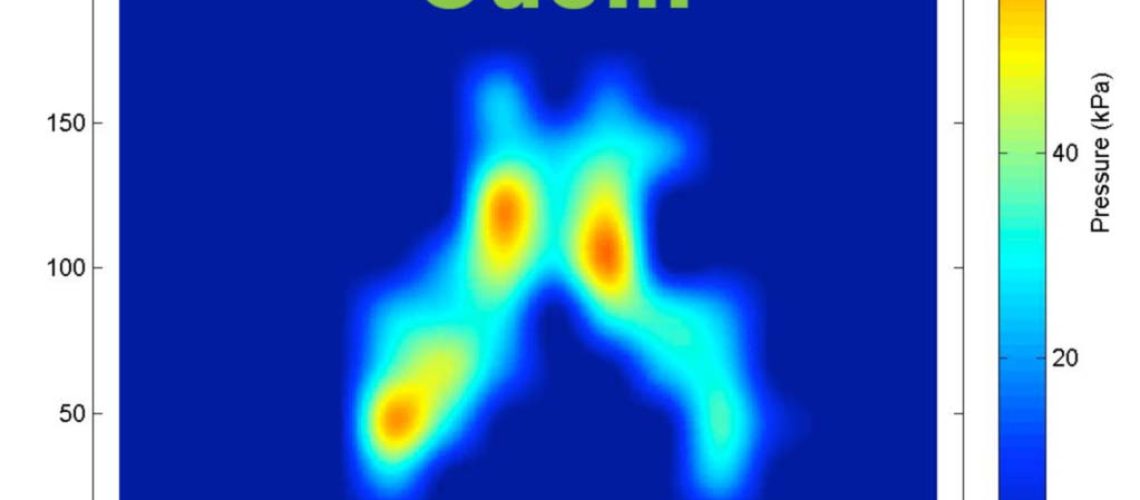
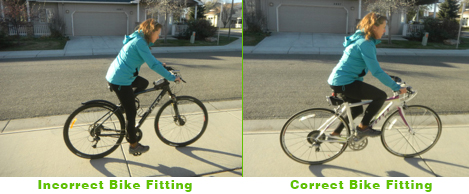
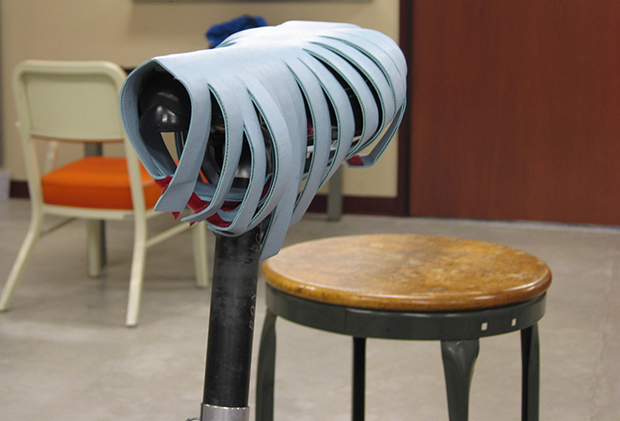
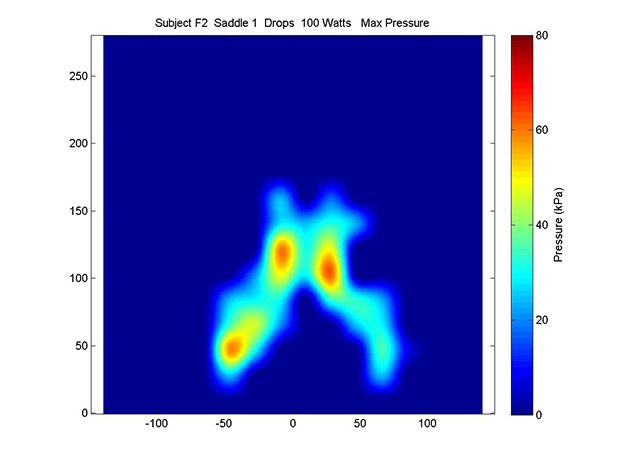
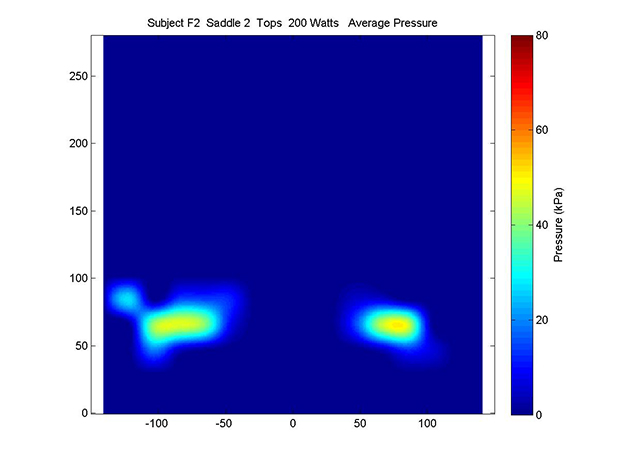
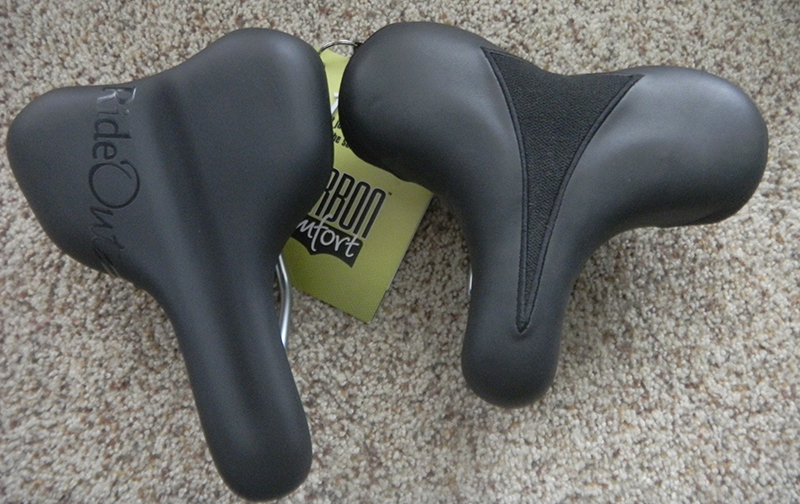
2 comments
Good info!
[…] saddle, you will not be riding. The number one complaint people list for not riding their bike is seat discomfort. Your bike may cost $25 or $2500, yet the most important part is that you are comfortable on the […]